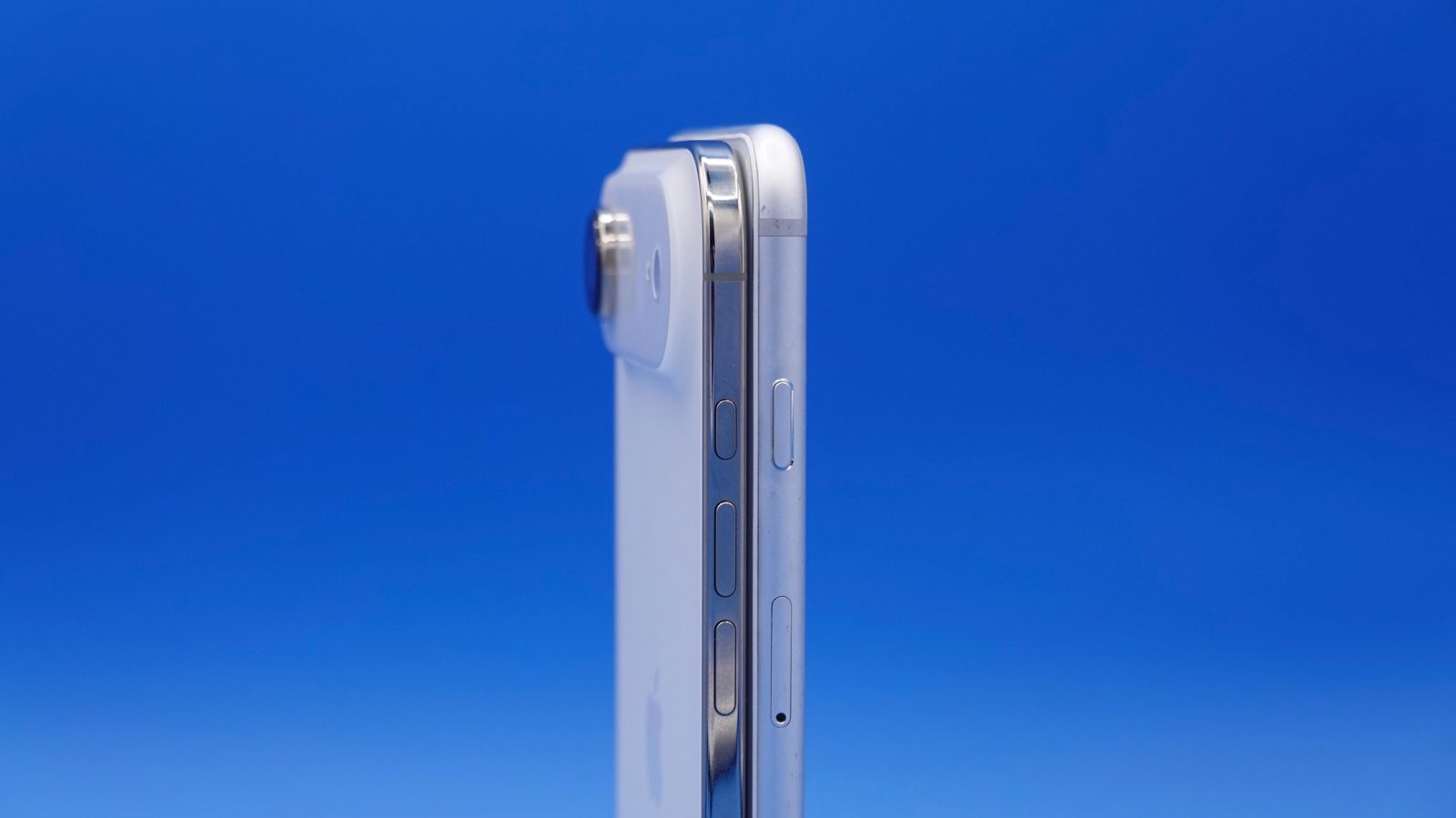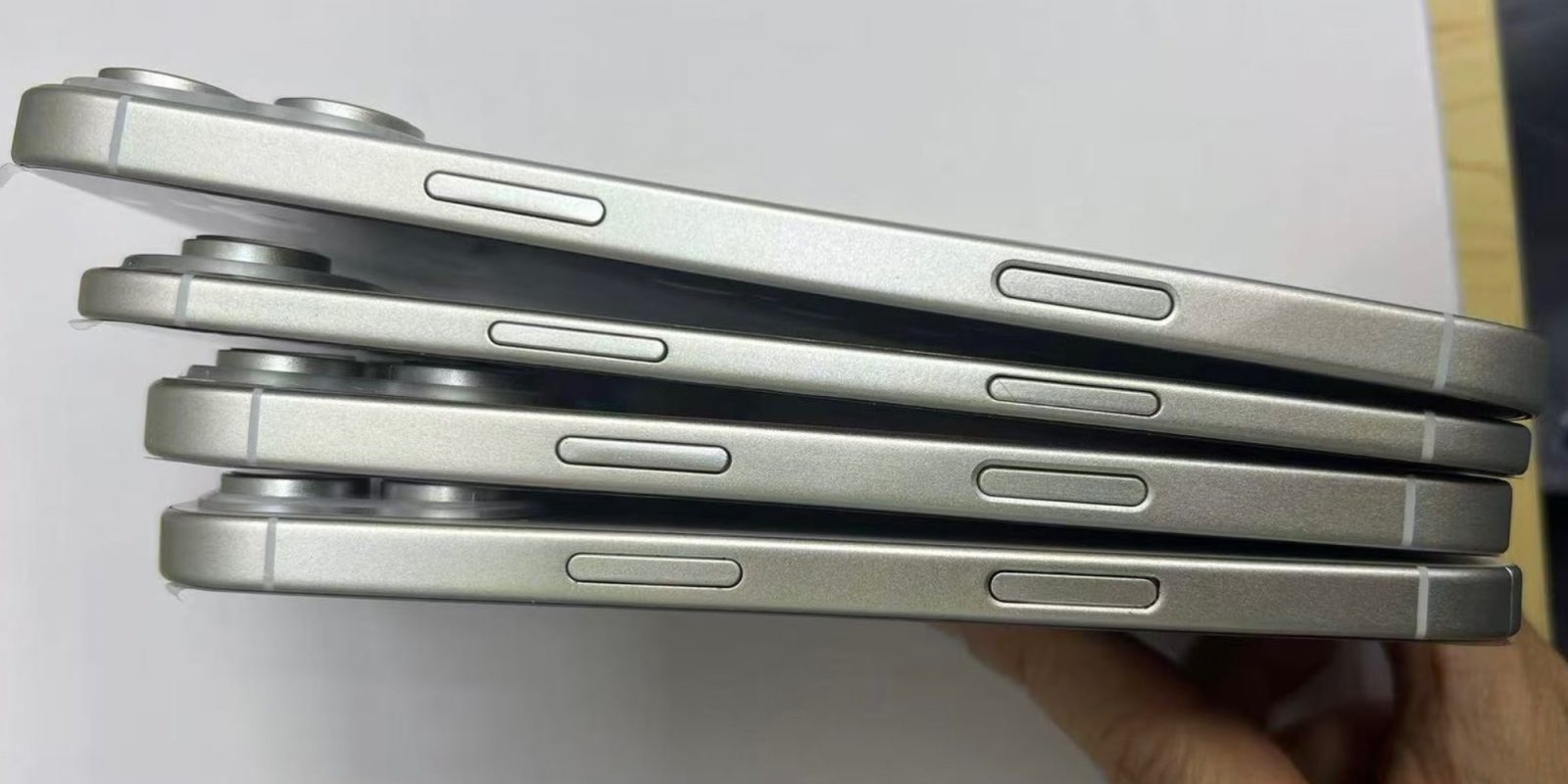Apple’s iPhone Air 2 Faces Indefinite Delay Amidst Underwhelming Sales
Apple has reportedly postponed the release of the iPhone Air 2 indefinitely, a decision that underscores the challenges faced by the original iPhone Air in the marketplace. According to sources cited by The Information, Apple has informed its engineers and suppliers that the next iteration of the iPhone Air has been removed from the production schedule without a new release date in sight.
Background on the iPhone Air
Introduced in September 2025, the iPhone Air was designed as a thinner and lighter alternative within Apple’s flagship lineup. This sleek design necessitated certain compromises, notably a smaller battery capacity and reduced camera capabilities. Despite its aesthetic appeal, the device struggled to gain traction among consumers, leading to sales figures that fell short of Apple’s expectations.
Production Challenges and Market Response
The tepid market response has had tangible effects on production. Foxconn, a primary assembler of the iPhone Air, has reportedly dismantled most of its production lines dedicated to the model and plans to cease all production by the end of November 2025. Similarly, Luxshare, another key supplier, halted its production of the device in late October. These moves indicate a significant scaling back of the iPhone Air’s manufacturing operations.
Implications for Apple’s Product Lineup
The delay of the iPhone Air 2 suggests a strategic reassessment within Apple. The company had initially planned to launch the second-generation iPhone Air alongside the iPhone 18 Pro and the anticipated iPhone Fold in the fall of 2026. With the Air 2’s postponement, Apple’s forthcoming lineup may now focus on these other models, potentially including the iPhone 18 Pro, iPhone 18 Pro Max, and the iPhone Fold.
Potential for Redesign and Future Release
Despite the current delay, there remains a possibility that Apple is re-evaluating the iPhone Air’s design and features. Some reports suggest that the company could be considering a significant redesign, which might lead to a future release as early as spring 2027. This potential redesign could address the shortcomings identified in the original model, such as battery life and camera functionality, to better align with consumer preferences.
Market Dynamics and Consumer Preferences
The challenges faced by the iPhone Air highlight the complexities of balancing design innovation with functional performance. While the ultra-thin design was a notable achievement, consumer priorities appear to favor features like battery longevity and advanced camera systems over minimalistic aesthetics. This trend is evident in the underperformance of other specialized models, such as the iPhone mini and iPhone Plus, which also struggled to capture significant market share.
Conclusion
Apple’s decision to delay the iPhone Air 2 reflects a broader strategy to align its product offerings with consumer demands and market realities. While the future of the iPhone Air line remains uncertain, this move indicates a willingness to adapt and potentially reintroduce the model in a form that better meets user expectations. As the company continues to innovate, it will be crucial to strike a balance between design excellence and the practical features that consumers value most.



